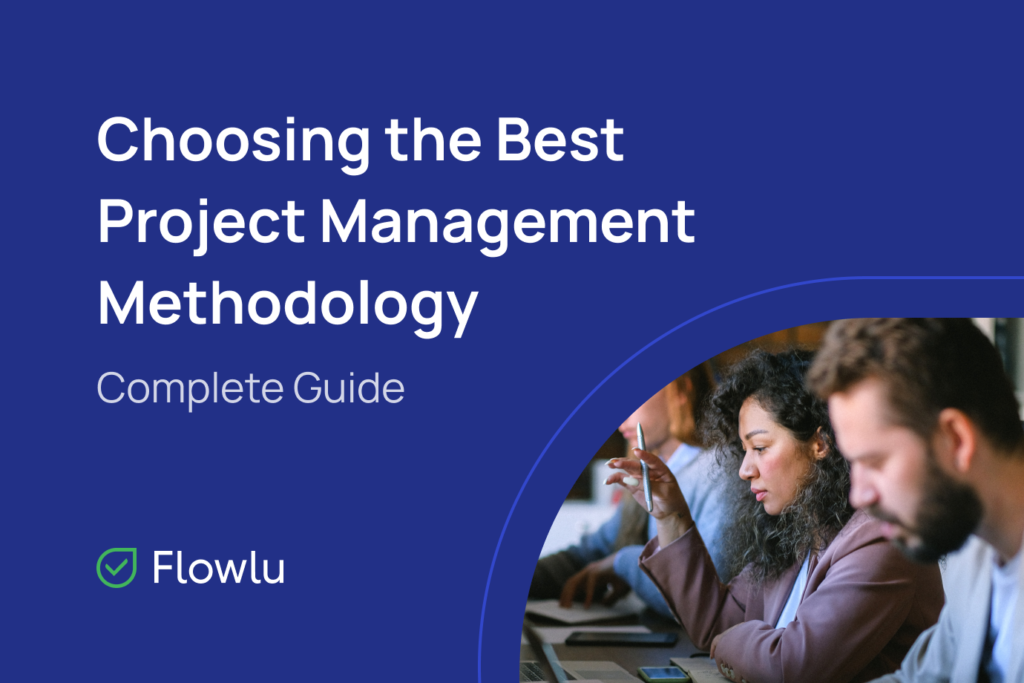A Guide to Critical Chain Project Management
- What Is Critical Chain Project Management?
- What are the Benefits of Critical Chain Project Management?
- What Businesses Would Best Benefit from It?
- How to Best Implement It – What Steps to Take
- How Long Before You See the Results?
- Will Critical Chain Project Management Be Enough?
- Become an Expert in CCPM
If you’ve answered yes to these questions, then critical chain project management may be the right strategy for your company to employ. If you’re not familiar with the concept, don’t worry, as many business leaders aren’t, which means they also aren’t aware of the benefits it can offer.
Here’s a guide to critical chain project management, which can help you to put this methodology in place and start generating results.
What Is Critical Chain Project Management?
Critical chain project management (CCPM) is described as a methodology used for managing an array of projects. The methodology was first developed back in 1997 by Dr. Eliyahu M. Goldratt. For those familiar with the theory of constraints, it was Dr. Goldratt who also developed that methodology.
The idea behind CCPM is that managers or business leaders closely monitor the company’s resources. Keeping track of resources ensures that all projects can be completed quickly, efficiently, and effectively. It looks further than just the tasks required to complete a project; as mentioned, it’s about the resources. Some of the resources that are factored into the methodology include equipment, people, location, supplies, and so forth.
What are the Benefits of Critical Chain Project Management?
While there are several benefits to CCPM, one of the most important is the fact that it helps businesses complete projects on time and on budget. Because the resources needed for the tasks are on-hand and ready to go, there is no downtime or waste. Tasks are started and completed promptly rather than getting pushed to the backburner, forcing employees to move on to another project.
When Dr. Goldratt was formulating his theory, he took a look at how long typical projects take to finish and he found that 44% of projects finished on time, which means a whopping 66% did not. That’s a huge problem and one his methodology addresses. Along that same line of thinking, it also makes it possible to focus on one project at a time, which can eliminate confusion and stress.
What Businesses Would Best Benefit from It?
As for what companies CCPM works best for, there is no set list as any manufacturer can implement this methodology and, in theory, have success with it. It also doesn’t matter how big or small the company is, as the same benefits can be realized.
How to Best Implement It – What Steps to Take
The next big question business owners tend to have is how to implement CCPM, and what steps they need to take. This is a rather big undertaking, so you can’t expect everything to change overnight. In many cases, it’s a whole new way of organizing, operating, communicating, and completing projects, which means all departments will be involved at least on some level. Experts suggest you follow specific steps in the right order so things can proceed in a logical and organized manner.
First, you need to figure out what the most important tasks are that also take the longest time to do. The ones you identify in this category are called the “critical path”. Now it’s time to think about what potential obstacles or constraints may throw a wrench in the critical chain. Some common constraints are materials, equipment, staff, and adequate workstations. Examine what would happen should any of these constraints cause a problem.
Now it’s time to create the “as late as possible” scenario in which you identify the latest date the project would be completed. This is done by working backward through the tasks. Buffers must also be installed to give you extra padding if needed. It is suggested that the larger the task or activity is, the bigger the buffer should be.
You now have enough information to lay out all the steps in the project which means you create a project model. While you may be tempted to encourage multitasking, out of habit likely, multi-tasking has no place in CCPM. The whole goal is that you’re eliminating the massive number of projects and tasks employees need to simultaneously work on, allowing them to focus on one project at a time.
As for who will oversee the project, that’s up to you. Maybe it will be your role or perhaps you have supervisors or managers doing that. The final tip is to track all steps and results so that you can be sure you’re on track and on time.
How Long Before You See the Results?
Each company is unique which means the timeline will differ. It’s best to go into it with realistic expectations, which means it can take many weeks, months, or even a year before you see the true results. Stay consistent with your efforts as they will pay off.
Will Critical Chain Project Management Be Enough?
It’s hard to determine if CCPM will be enough to turn your business around, make it possible to complete all projects on time, and reduce waste and inefficiencies. At the very least it should help, which is progress right there.
The fact is that there may be other equally important steps your company should be taking to improve processes such as streamlining systems, hiring experienced and qualified staff, downsizing, outsourcing, and so forth. You can check online for more information on business topics such as these so you can get a strong handle on the situation you’re facing and how to solve it.
Become an Expert in CCPM
As a business owner, it can feel impossible to keep up with all the latest trends in terms of project and task management, but it can serve you well to at least try. Learning all there is to know about CCPM means you may find a new methodology for your company to adopt that garners much more effective results promptly. It’s worth at least taking the time to research the idea.
Critical chain project management (CCPM) is a methodology developed by Dr. Eliyahu M. Goldratt in 1997. It focuses on managing an array of projects by closely monitoring resources to ensure efficient and effective completion.
CCPM helps businesses complete projects on time and on budget by minimizing downtime and waste. It allows for a focus on one project at a time, reducing confusion and stress while improving efficiency.
To implement CCPM, identify critical tasks, anticipate constraints, create buffers, and develop a project model. Avoid multitasking and track progress consistently. Results may vary, but consistency is key to success.











